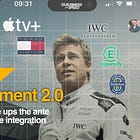Apple’s Secret F1 Camera Is Now Inside Your iPhone
What happens when Cupertino engineers meet FIA regulations?
Welcome to Business of Speed’s Saturday edition of The Fast and The Curious.
With the F1 Movie release date fast approaching, I thought it was a good time to dive into the world of tech used to make the film.
We know that over the years, Formula 1 innovations have trickled down into the cars we drive every day, as well as into various other fields, including pediatric surgery, supermarket refrigeration, air traffic control, and even toothpaste.
Another remarkable innovation happened during the filming of the F1 Movie with Apple, which most people never even noticed. However, if you have an iPhone 15 Pro or later device, you have access to some of the same technology used to film parts of the F1 Movie.
You no longer have permission to say you don’t have the right camera in your pocket.
Let’s dive in…
If someone forwarded you this email, consider supporting independent coverage and analysis of the business of Formula 1.
Apple didn’t only make a movie about Formula 1. They built a camera that could survive it.
Not just a marketing line either.
They had to design a camera that could live inside a real F1 car, withstand the rigors of a live race weekend, and still produce footage good enough for the big screen.
Because the cameras that F1 uses typically? Too low-quality.
The cinema cameras Hollywood loves? Too big, too heavy, too hot.
And the rules? Not exactly flexible.
So Apple built something that had never existed before.
And they made sure nobody noticed it.
The issue: engineering and regulations
Formula 1 cars aren’t made for cameras. They’re made to go 220 miles an hour while keeping four tires on the ground through corners that would snap your neck.
Everything on the car is built to exact measurements. Change the shape by a few millimeters, and it ruins airflow. Add 50 grams and you throw off the balance. Put something in the wrong place and you violate FIA rules.
So when director Joseph Kosinski said he wanted to shoot from inside the car, the answer was simple: you can’t.
Not with the cameras we have.
And that’s when Apple said, “Okay, then we’ll build one.”
What they actually made
The camera Apple built resembles any other winglet camera currently used on F1 cars. Same shape. Same mounting points. Same weight.
But inside? A stripped-down iPhone 15 Pro sensor. An A17 chip. A neutral density filter. Custom firmware. It was shot in ProRes Log—the type of flat video that can be color-corrected later to match cinema-grade footage.
It had to do all of that while staying cool, not rattling loose at 5G cornering forces, and somehow surviving the vibrations of a car bouncing over a street circuit at 200 mph.
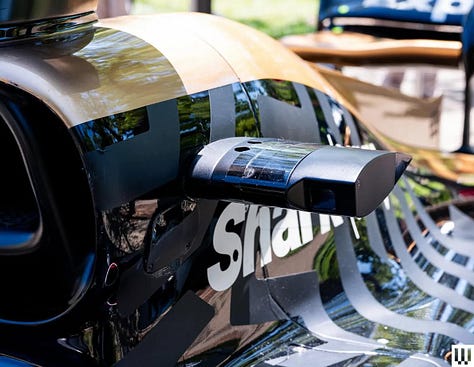
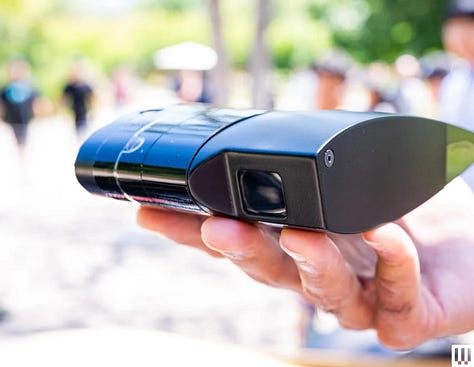
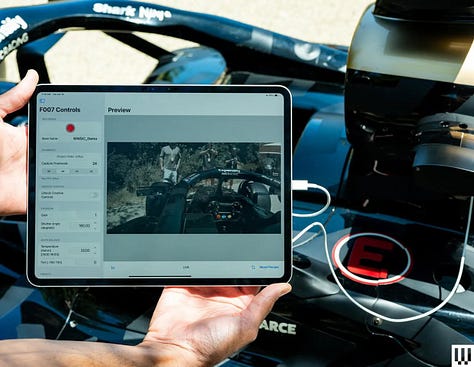
Oh—and they couldn’t use Wi-Fi or Bluetooth to control it. That’s banned in F1. So, they built a wired iPad app with a USB-C tether that allowed the team to adjust settings trackside. It worked like a tiny film studio in the car.
The craziest part? No one knew until Apple’s Worldwide Developers Conference (WWDC).
They didn’t even mention it when they rolled out the iPhone 15 Pro, even though some of the features in that phone were directly inspired by the work they did on this F1 rig.
Things like:
Better thermal handling
Log video support
ACES color workflows
That’s the pattern: solve a complex problem in a brutal environment, and then pass the tech down quietly.
It’s the same way F1 teams test new materials at the track, then use them in road cars years later.
A tradition of engineering through cinema
This isn't Apple’s first act of cinematic ambition. In the early 2000s, it was Final Cut Pro. In the 2010s, it was iPhone-shot indie films that played Sundance.
But F1: The Movie is something else—a cross-industry flex that merges Hollywood's hunger for immersion with Cupertino’s obsession with control.
It recalls a forgotten tradition: cameras custom-built for racing. In the 1960s, film director John Frankenheimer strapped modified 35mm rigs to actual cars to shoot Grand Prix. The visuals were groundbreaking, but the gear was monstrous.

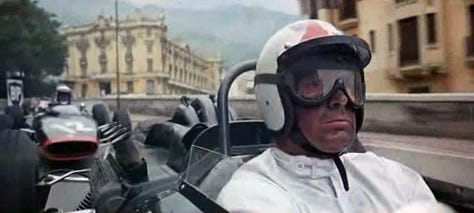
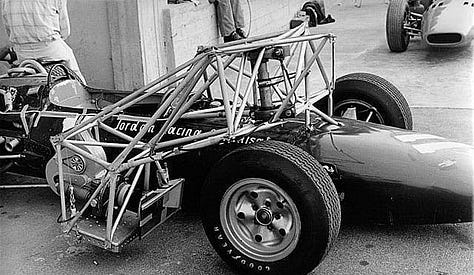
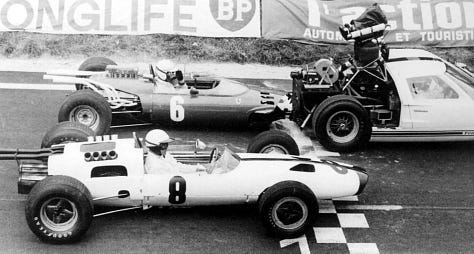

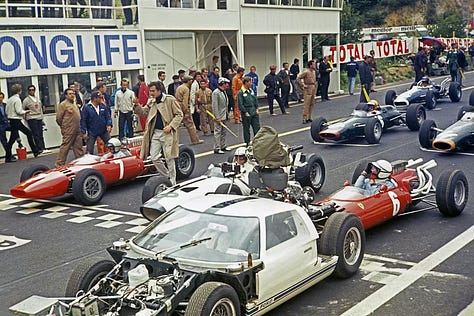
Fifty years later, Apple has distilled that idea into a fist-sized module, tuned to FIA tolerances and driven by a phone chip.
For Apple, I don’t think this is about filmmaking.
They saw an opportunity to redefine the narrative of innovation and performance in a film that showcases a sport that lives at the pinnacle of both.
We live in a world saturated with smartphones capable of capturing extraordinary imagery, yet consumers endlessly chase the elusive promise of "better." By filming parts of the F1 Movie using technology derived from the same devices found in millions of pockets, Apple is shaping perceptions of what's possible through everyday technology.
For Formula 1, this is a glimpse of its future. A new storytelling toolkit. Potentially a redefinition of what “onboard camera” means—not just for fans, but for sponsors, broadcasters, and the sport’s next era of cinematic storytelling.




